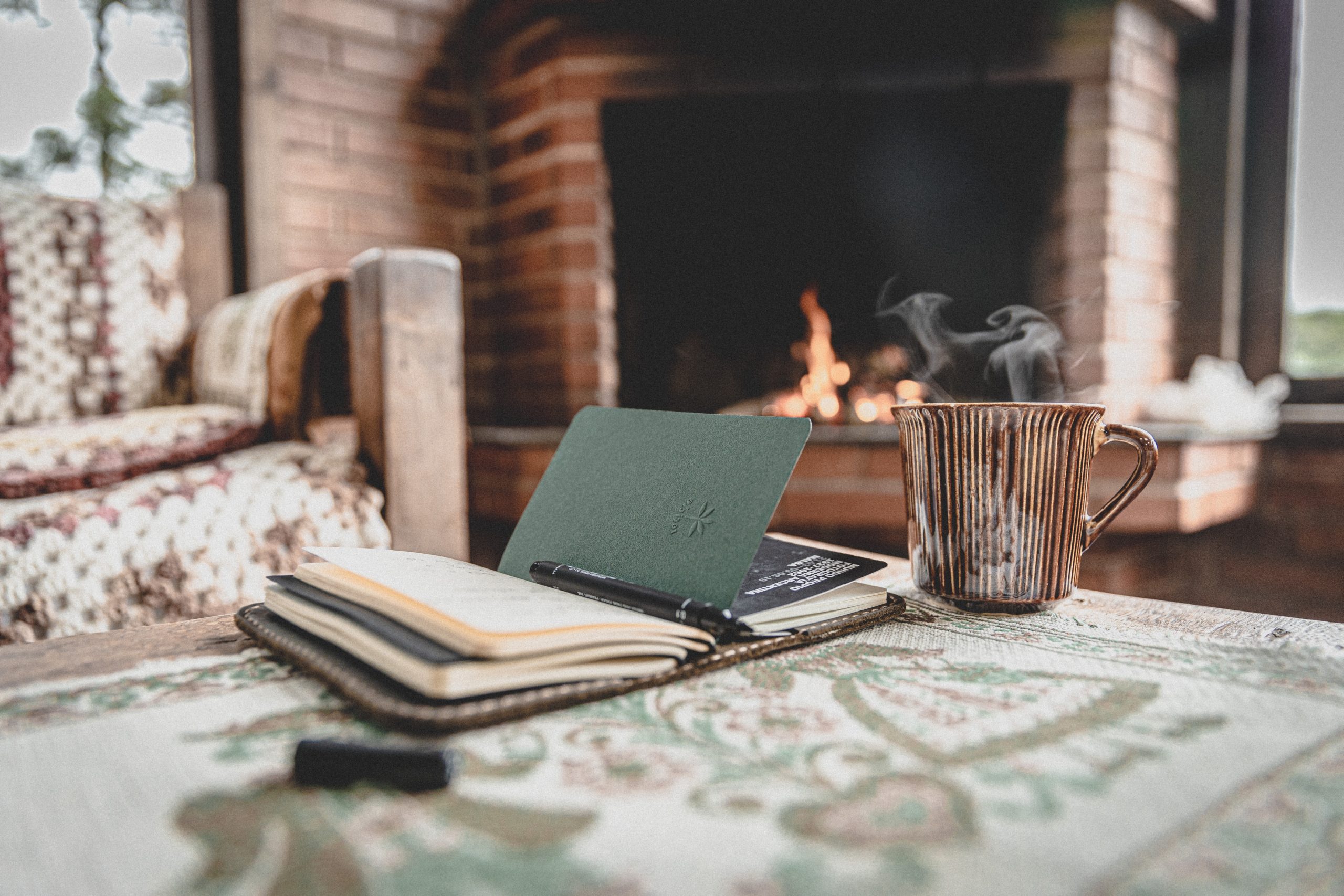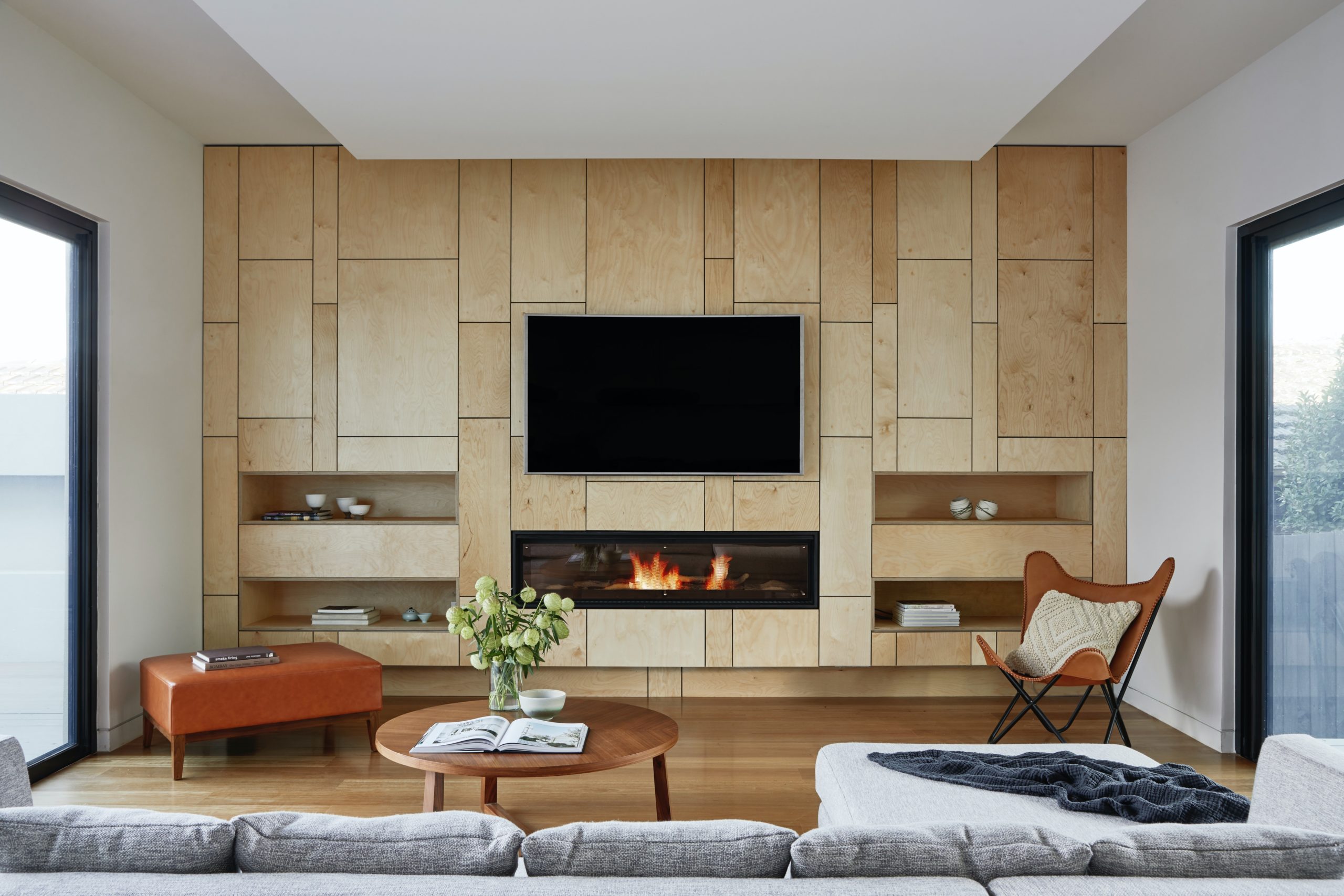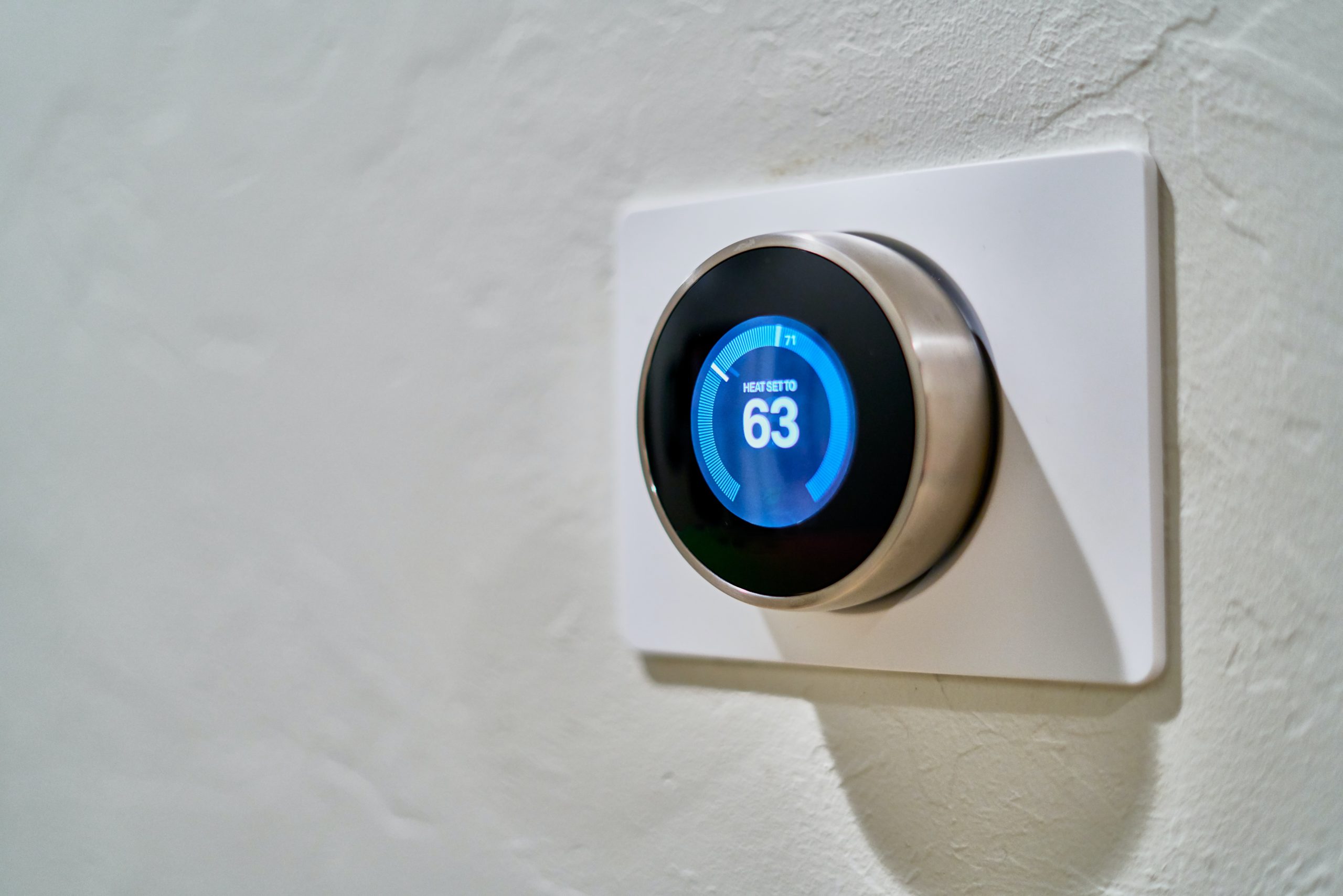Heating type: advice and information
For a pleasant interior, heating is essential, but when it comes to choose or replace our equipment, this can quickly become complex and tedious as the devices available on the market are numerous.
Whether one prefers traditional or more innovative modes, the selection criteria for choosing a heating system are multiple and depend above all on our needs and the characteristics of the home (constructive system, architecture, orientation, geographical location, etc.).
But before replacing the boiler and your old radiators, it is important to be sure that your property is well insulated and make it a priority if this is not the case.
The heat pump, a modern solution
Chose in new homes and now during renovations, the heat pump can be installed in any types of homes. No storage is needed. Heat is captured from the outside to the inside through the ground, air or water. Another advantage, depending on the model, a heat pump can heat and cool your home.
The 3 most common types of heat pump:
- AIR/AIR heat pump takes the heat from the outdoor air to warm up the indoor air. The advantage of this equipment is the possibility of cooling (air conditioning). The heat transmission within the home is generally done via fan coils unit.
- AIR/WATER heat pump recovers heat from the outside air to warm up the water of a heating network. The advantage is the possibility of choosing the emitter (radiator, heated floor). Cooling is possible with a reversible heat pump and fan coil units instead of radiators and to a lesser extent with a heated floor.
- WATER/WATER heat pump uses the ground as an energy source through geothermal energy (vertical or horizontal) or groundwater. Like the AIR / WATER heat pump, it is also possible to refresh.
Heat emitters play an important role in the performance and comfort of a heating system. Low temperature radiators or a heated floor are recommended. Comfort cannot be guaranteed by air heating.
Wood-burning heating for a warm and authentic atmosphere
Wood-burning heating can operate at high or low temperature, and in doing so, be connected to a heated floor or radiators.
With wood stoves you can enjoy the pleasure of the flame, the warm atmosphere imbued without the disadvantages of a traditional fireplace, messy and constraining to use. Wood stoves now benefit from a nice design and are integral decorative element.
Pellet stoves (compacted sawdust) have a much greater autonomy and a higher output than those with logs. These latters have a high comfort in use with automatic start-up and 12 to 72 hours autonomy thanks to its automatic power supply.
A wood boiler is interesting for a large house, especially if there is a specific boiler room. The production of domestic hot water is also possible. Automatic pellet boilers are as easy to use as fuel oil or gas boilers. The boiler wood feed is programmed and automatic.
Wood-burning heating represents an environmentally friendly solution if you choose truly efficient and certified equipment such as the label “Flamme Verte” in France which guarantees performance and respect for the environment.
Electric heating, for small and well insulated homes
Many houses and apartments are still equipped with electric heaters. Often costly during consumption, this solution remains relatively affordable in terms of initial investment and installation. The new models are fitted with thermostats allowing the control of the heat. Some also permit us to program heating periods remotely in order to adapt it to our lifestyle and limit energy consumption when the home is empty.
If you choose electric heating, it is important to make sure beforehand that your home is very well insulated. Otherwise, heat loss may be significant, leading to overconsumption of electricity without guaranteeing optimal comfort.
Contrary to popular belief, “energy saving” electric heater doesn’t exist. It provides more pleasant heat (radiation rather than convection) but will use almost always the same amount of energy. Energy requirements are determined by the insulation of the building and not by the radiator.
Gas heating, soon forbidden in new houses
Suitable for all types of home and easy to use, gas heating is still widely used. A condensing boiler is very efficient, and it is possible to supplement this device with a temperature regulation system in order to better control its energy consumption.
However, the regulated tariff for gas is exploding (almost 50% increase between June and October 2021). After fuel oil, the government is now tackling this energy. The new “RE 2020” environmental law will ban gas in new houses from January 1st, 2022, and after 2024 in new collective dwelling.
Among other option, the heat pump is a good solution.
Solar heating, the ecological solution
Thermal solar panels produce hot water thanks to solar radiation. The panels are connected to an individual solar water heater or to a combined solar system to produce domestic hot water and heating.
According to the location and the size of the facility, a solar water heater can cover up to 50 to 80% of the average annual domestic hot water needs and 100% in summer. Therefore, it is necessary to use an extra heating (electric or hydraulic) in order to cover all of the needs during winter and periods of bad weather.
For all purchases, it is important to ensure that the equipment meets certain quality standards. In France, “CSTBat” or “Solar Keymark” labels are recommended for solar thermal collectors. As for solar installations, you can trust the “CSTBat” or “NF CESI” certification.
In the future, digitization is expected to intensify. Solutions for controlling heating remotely are developing, such as the use of meteorological data to adapt to climatic realities, avoid waste and save energy.
Many solutions are in the research phase such as the fuel cell and the possibility to have a compact power plant at home or gas production from biomass and waste (biogas). Our food waste could thus be stored in a tank in order to produce our own biogas. Studies are also being carried out on the design of smart homes that would be able to recover energy lost such as the heat from the oven, electrical appliances, hot water from the shower. Windows with adaptive glazing would be able to capture solar energy and return it to the building.
But to date, the major challenge remains in the energy renovation of the housing stock and the development of high-performance buildings requiring very little energy for heating, such as passive houses or positive-energy buildings that produce their own energy.
LINKS
To find a professional for heat pump installations, geothermal drilling, etc.: renovation-info-service.gouv.fr
To benefit from a free professional guidance and be advised about heating systems and financial contributions: faire.gouv.fr



